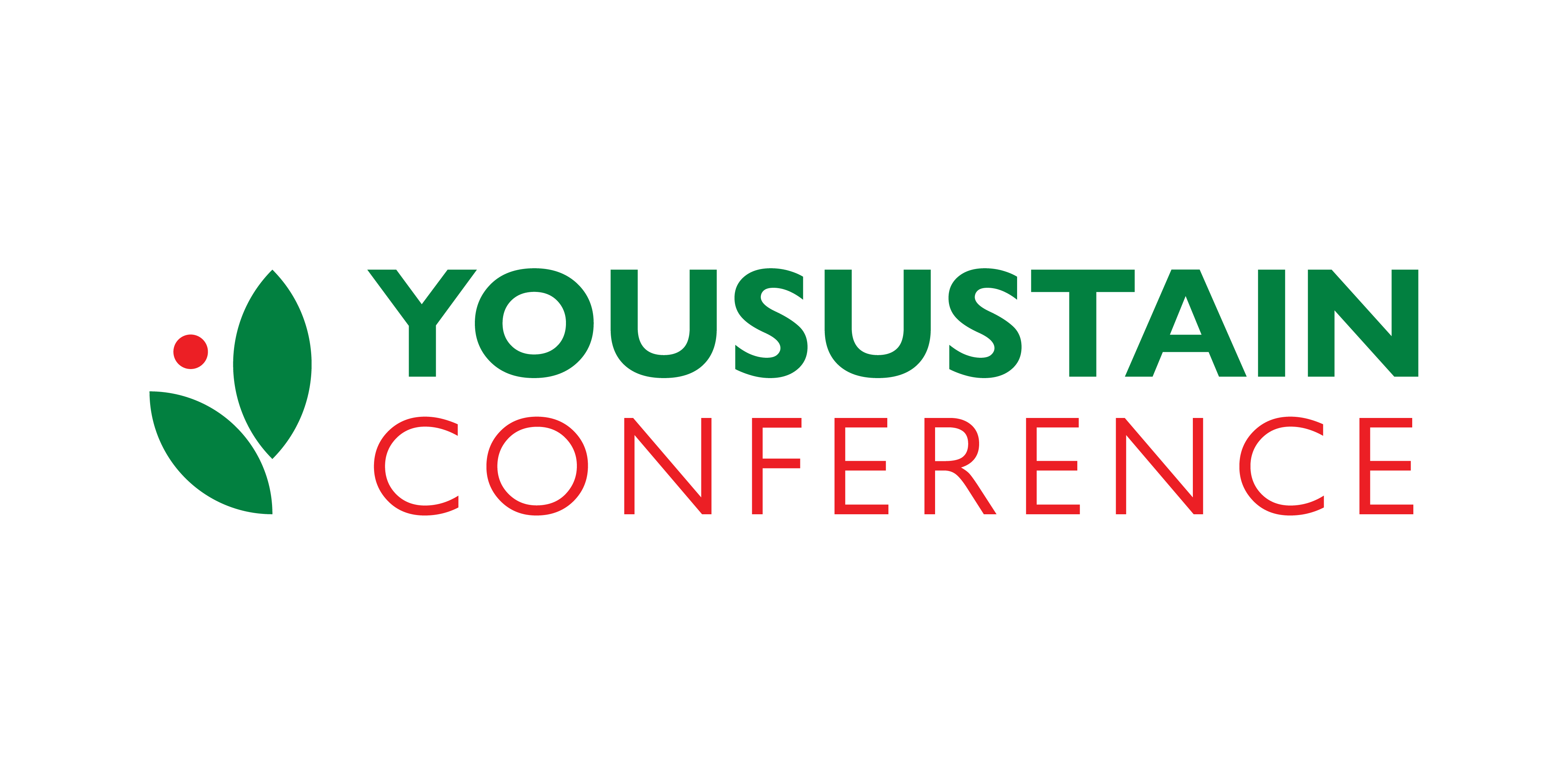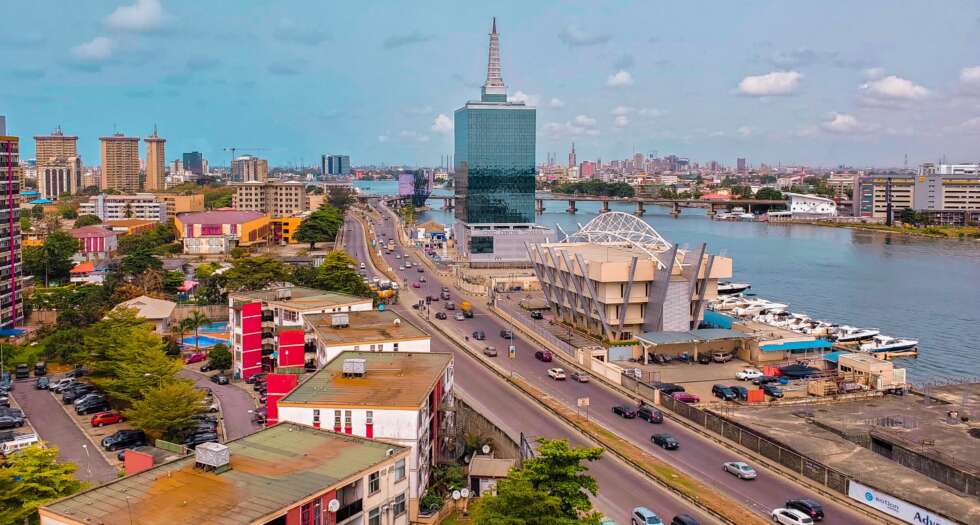As the world’s population continues to shift toward urban centers, the pressures on existing cities to accommodate growth while preserving their environment and historical character are becoming more pronounced. Urban areas are often characterized by concrete jungles and a lack of green spaces, which can lead to various environmental, social, and health challenges. However, the incorporation of green infrastructure offers a promising solution to tackle these issues and foster sustainable development.
The Need for Urban Conservation and Regeneration:
Urban sprawl, population growth, and rapid industrialization have led to the degradation of urban environments. Ecosystems have been disrupted, biodiversity has suffered, and the urban heat island effect has intensified, creating adverse effects on residents’ well-being. Moreover, the lack of green spaces contributes to increased pollution and a decline in mental health, underscoring the urgent need for urban conservation and regeneration.
Understanding Green Infrastructure:
Green infrastructure refers to a network of natural and semi-natural elements strategically integrated into urban landscapes. It aims to mimic natural ecosystems and includes components such as parks, green roofs, green walls, urban forests, wetlands, and permeable surfaces. The primary objective of green infrastructure is to enhance the quality of life in cities by improving air and water quality, mitigating the urban heat island effect, promoting biodiversity, and providing recreational spaces for the community.
The Benefits of Green Infrastructure Implementation:
- Improved Air Quality: Green infrastructure helps filter pollutants from the air, reducing the concentration of harmful substances and improving overall air quality. This is particularly crucial in densely populated urban areas where air pollution can lead to respiratory and cardiovascular problems.
- Temperature Regulation: Urban heat islands occur when cities trap and retain heat due to the abundance of impervious surfaces. By introducing green spaces and vegetative cover, green infrastructure can cool down cities, making them more comfortable and reducing the demand for energy-intensive cooling systems.
- Biodiversity Conservation: Urbanization has led to the loss of natural habitats for many plant and animal species. Green infrastructure provides these species with new habitats, encouraging biodiversity and supporting urban ecosystems.
- Stormwater Management: Traditional urban landscapes often struggle with stormwater runoff, leading to floods and overburdened sewage systems. Green infrastructure features like green roofs and permeable surfaces help absorb and manage stormwater, reducing flooding risks and protecting water quality.
- Enhanced Well-being: Access to green spaces has been proven to positively impact mental health and well-being. Urban residents can experience reduced stress, improved cognitive function, and an increased sense of community by having nearby green areas.
- Economic Benefits: Green infrastructure investments can yield economic returns through increased property values, reduced healthcare costs due to improved public health, and savings on energy consumption.
Implementing Green Infrastructure in Urban Areas:
To achieve effective urban conservation and regeneration, the incorporation of green infrastructure should be a central focus for city planners, developers, and policymakers. Several strategies can be adopted to implement green infrastructure successfully:
- City Planning: Integrate green infrastructure into city master plans, zoning regulations, and development guidelines to ensure that all new urban projects incorporate green elements.
- Community Engagement: Involve local communities in the planning and design process to identify their needs and preferences, encouraging a sense of ownership and pride in the green spaces.
- Public-Private Partnerships: Foster collaborations between governments, private businesses, and non-profit organizations to secure funding and resources for green infrastructure projects.
- Education and Awareness: Conduct awareness campaigns to educate the public about the benefits of green infrastructure, encouraging responsible use and maintenance of these spaces.
Conclusion:
The conservation and regeneration of urban areas are imperative for creating sustainable and resilient cities. Green infrastructure offers an innovative and effective approach to address the environmental, social, and health challenges associated with urbanization. By investing in green spaces and promoting a harmonious relationship between nature and urbanization, we can pave the way for greener, healthier, and more vibrant cities for generations to come. Embracing green infrastructure is not only an opportunity but a responsibility to safeguard our urban landscapes and secure a brighter future for urban dwellers and the planet as a whole.
Cover photo by Nupo Deyon Daniel on Unsplash


